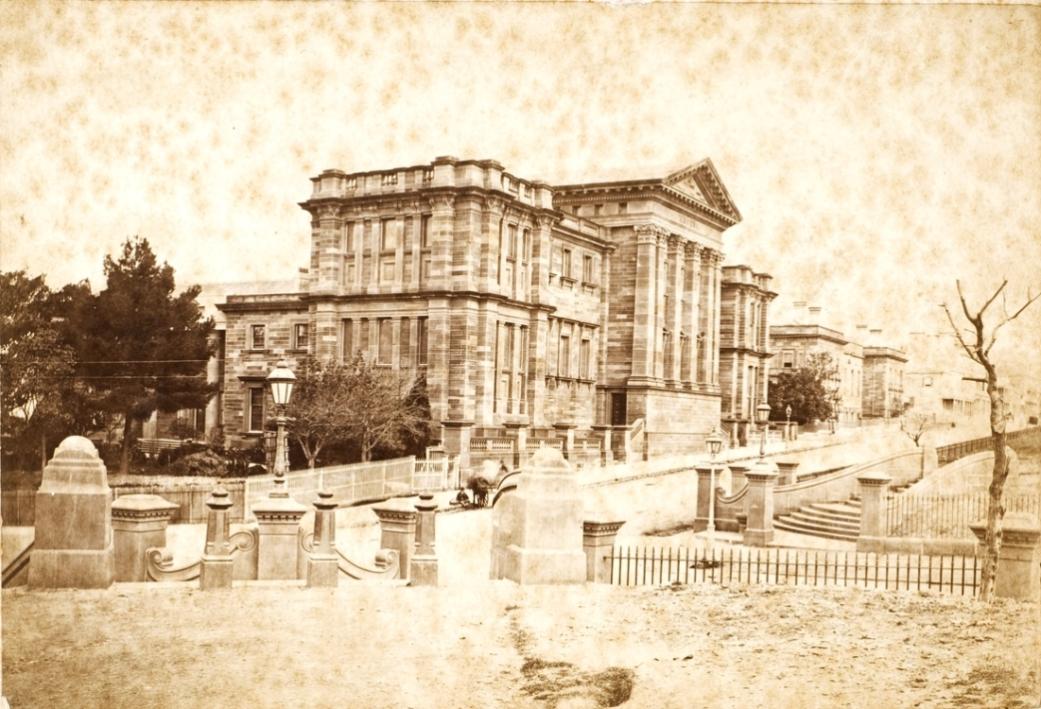Free nature photography exhibition opens at the Australian Museum
Twenty years of environmental transformation across Australia and the Pacific comes into sharp focus at the 2025 Australian Geographic Nature Photographer of the Year (AGNPY), which opened Saturday 25 October at the Australian Museum.
For the first time, the past winners from the last two decades will be shown alongside this year's finalists, creating a powerful visual timeline documenting two decades of ecological change, from thriving coral reefs to threatened species, and the dramatic intersection between wildlife and human impact.
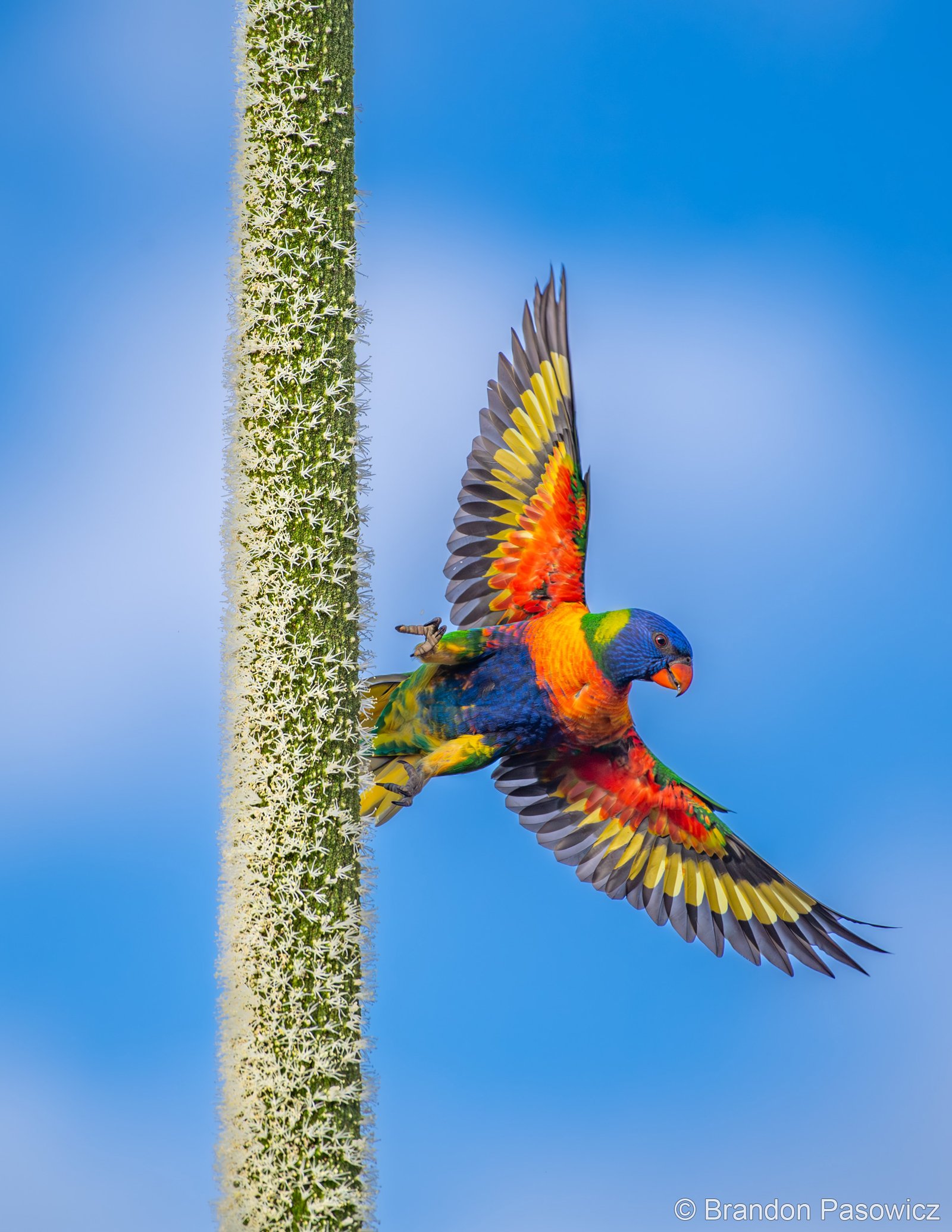
2025 Australian Geographic Nature Photographer of the Year; Animals in Nature: Rainbow Lorikeet on a Grass Tree by Brandon Pasowicz, Noongar Country, Dawesville, Western Australia. Rainbow Lorikeet (Trichoglossus moluccanus); ''In a field of kangaroos, a rainbow lorikeet was spotted flitting between the sharp spikes of two grass trees, feeding on their flowering buds. Its vibrant colours contrasted beautifully with the towering spikes, offering a stunning display of nature’s beauty as it soared gracefully through the air.'' Brandon says. Image:© Brandon Pasowicz
Australian Museum Director and CEO, Kim McKay AO, said the AGNPY photographic exhibition provides visitors with a front row seat to the power and fragility of the natural world.
"The Australian Geographic Nature Photographer of the Year has become one of Sydney's most anticipated visual exhibitions, and this year, with the addition of the 20th anniversary images, visitors will see dramatic landscapes and wildlife but also changes in the technology used to capture the breath-taking images. Each photograph shares a moment of wild beauty and invites us to reflect on our place within it," Kim McKay said.
"As Australia's first museum, we're dedicated to inspiring curiosity and action through science, culture and the natural world. This exhibition underscores the importance of observing nature in action. Through the lens of our region's most talented photographers, we're reminded why conservation matters now more than ever."
A visitor favourite, this free annual exhibition shines a light on the environmental challenges delicate ecosystems face. Among the 120 images on exhibition, winners capture ghost bats at dawn (one of Australia's most elusive threatened species), garden skinks adapting to urban sprawl, and the intricate beauty of coral ecosystems under pressure.
NSW photographers dominate this year's awards, with Charles Davis (Cooma, NSW) winning two categories and Sydney-based photographers Peter McGee, Talia Greis, Rachelle Mackintosh and Sara Corlis each taking home top honours, showcasing the state's rich biodiversity and the keen eye of local conservation storytellers.
Produced by the South Australian Museum, in partnership with the Australian Museum, the exhibition features 120 images, including 99 finalists and all 21 past winners, selected from 1,864 entries across 18 countries. The exhibition is also on display at the South Australian Museum in Adelaide until 1 February 2026.
2025 Winner: Finding Beauty in Fragile Ecosystems, WA
Ross Gudgeon's winning image, Fractal Forest, reveals the intricate patterns of cauliflower soft coral beneath Indonesia's Lembeh Strait, a marine ecosystem increasingly vulnerable to warming waters and environmental change.
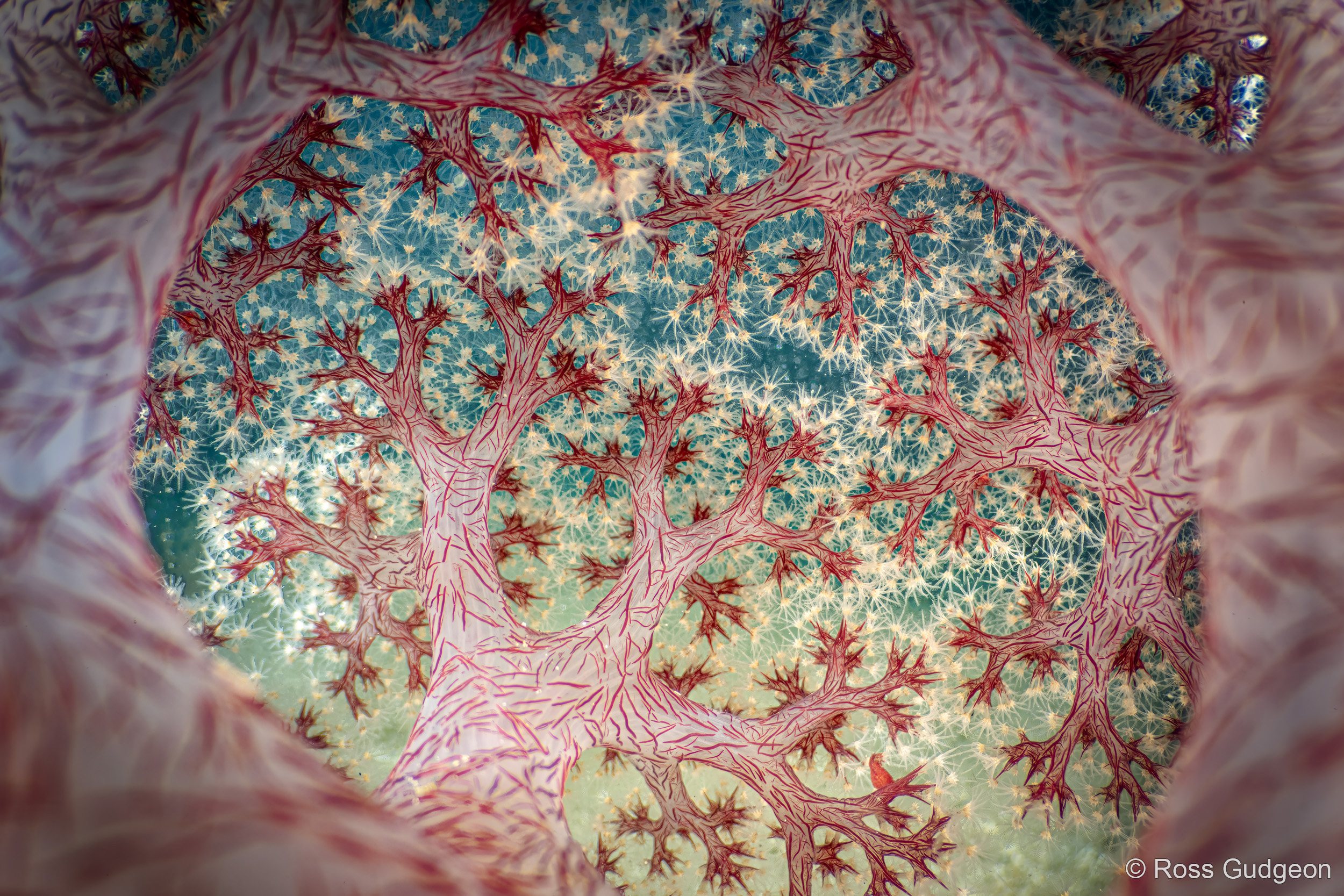
"Beauty can appear in the most unexpected places; from the outside they don't look particularly photogenic, but by threading my lens through the branches and experimenting with backlighting, I found an entirely new perspective," Ross Gudgeon said.
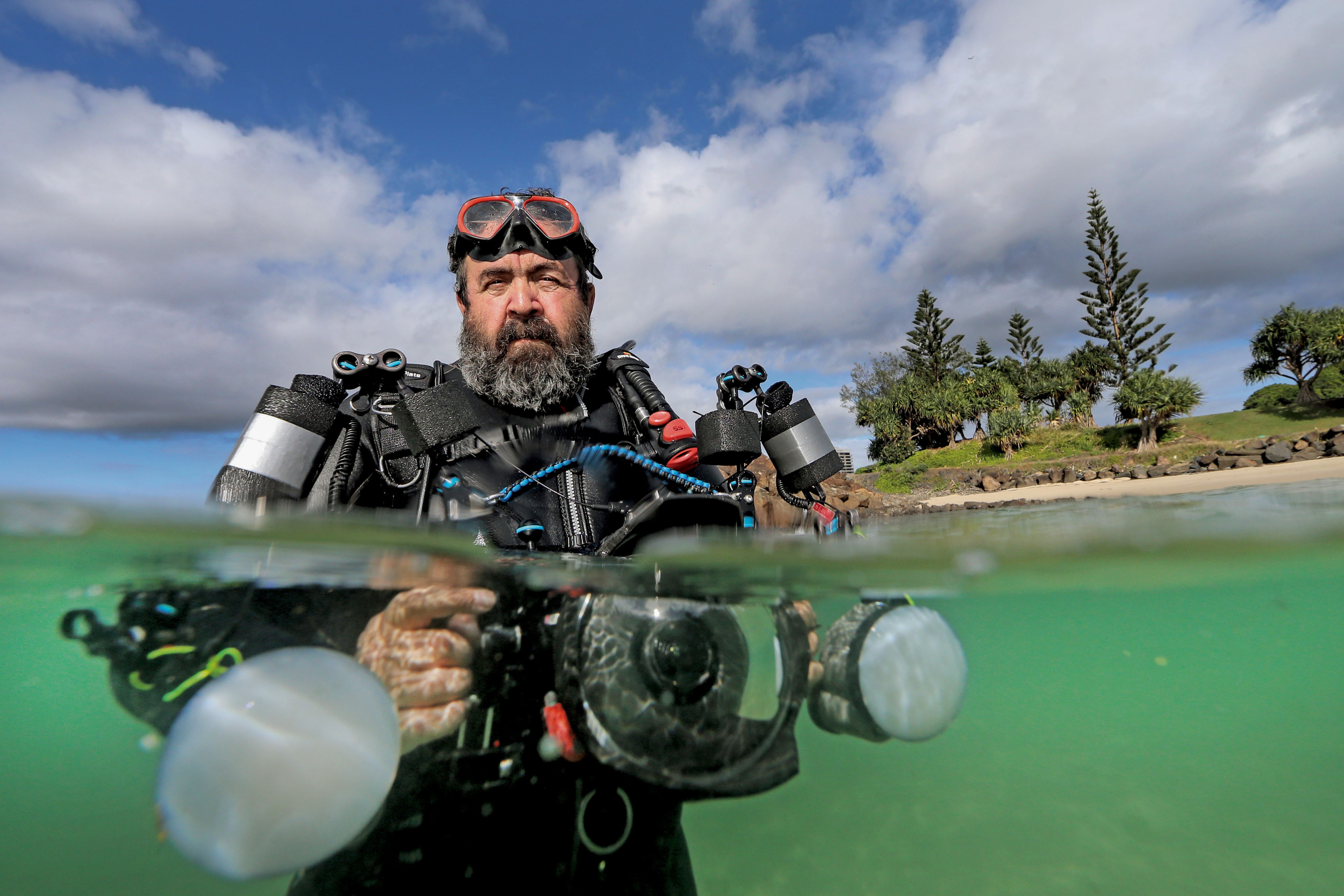
Ross Gudgeon. Photo: supplied
Exhibition Highlights: Nature Under Pressure
Selected from 1,864 entries across 18 countries, this year's winning images tell stories of resilience and adaptation:
Threatened Species: Red Dawn by Etienne Littlefair (NT)—Ghost bat in flight at sunrise, one of Australia's most elusive and vulnerable predators facing habitat loss.
Etienne said: ''Ghost bats are rare and elusive with strict roost requirements. After years of studying these nocturnal predators with thermal optics, I've discovered a handful of regularly frequented locations in the escarpment surrounding my home. This image was captured on 1 January 2025 - an incredible way to usher in the New Year.''
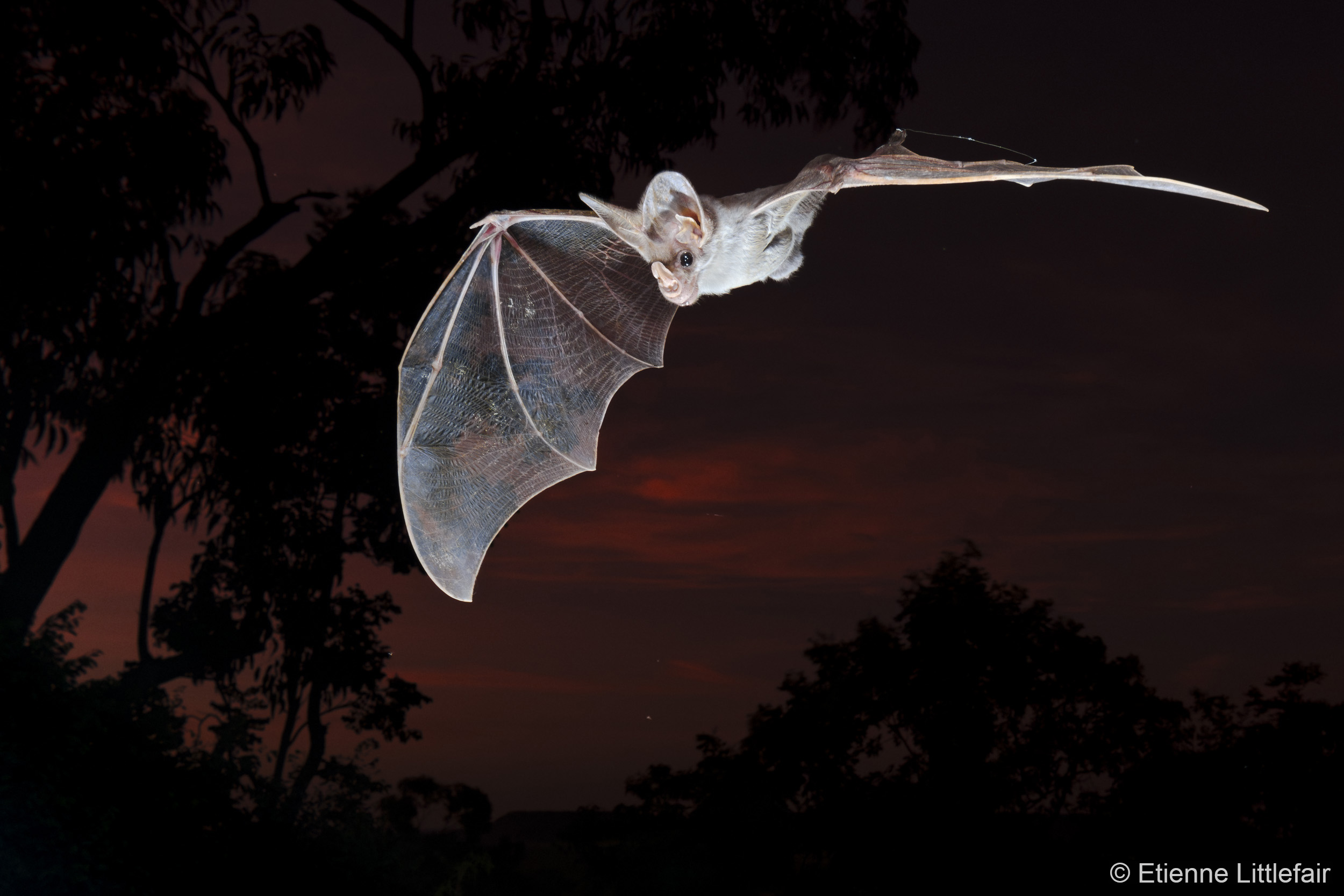
Our Impact: Skink in a Tight Spot by Sara Corlis (NSW)—Garden skink wedged between bricks, a powerful symbol of wildlife adapting to Sydney's urban expansion.
Sara said this little skink was discovered in a brick wall at home; ''I felt helpless as the lizard thrashed its body from side to side in an attempt to escape. Thankfully, it was eventually able to get itself free.''
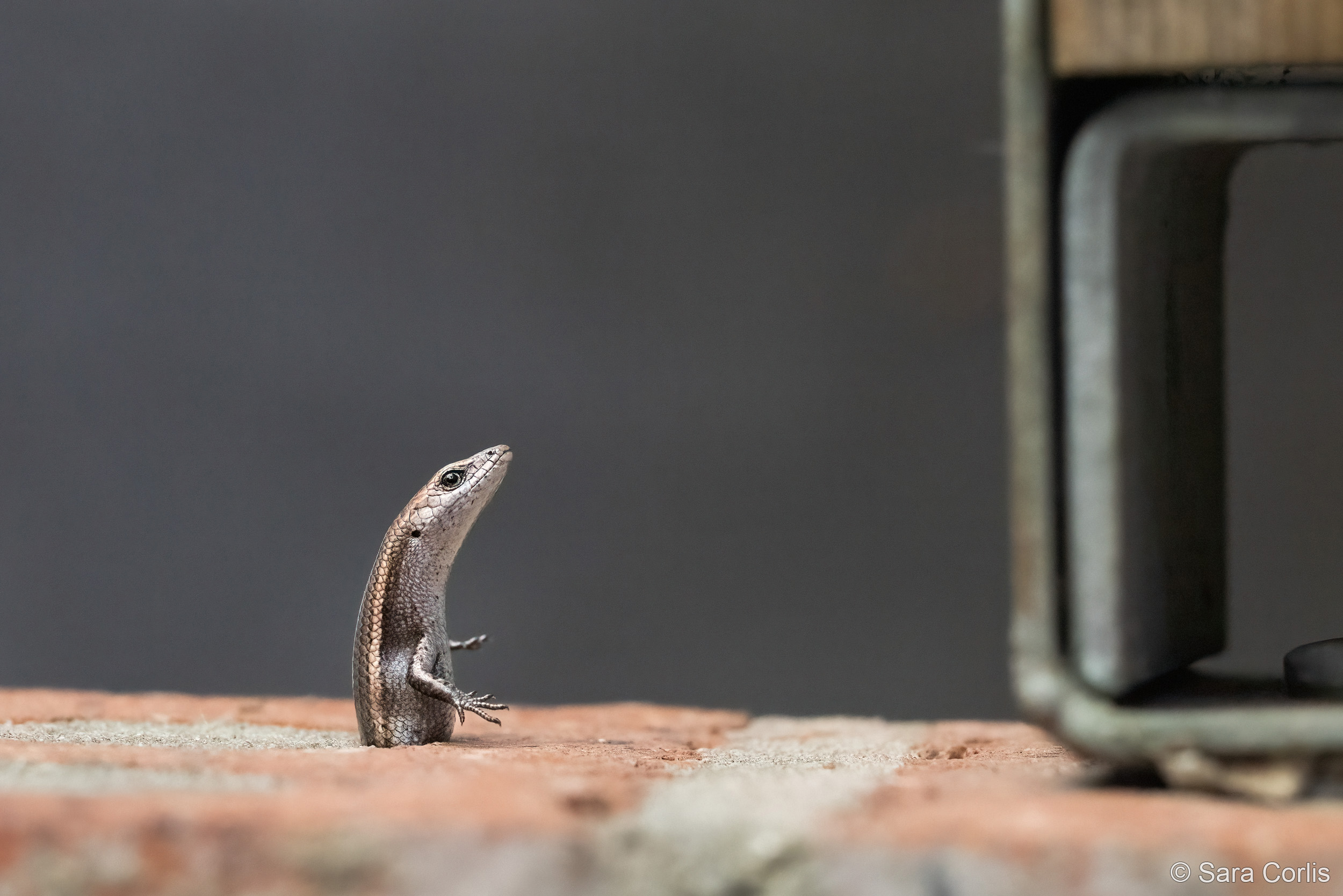
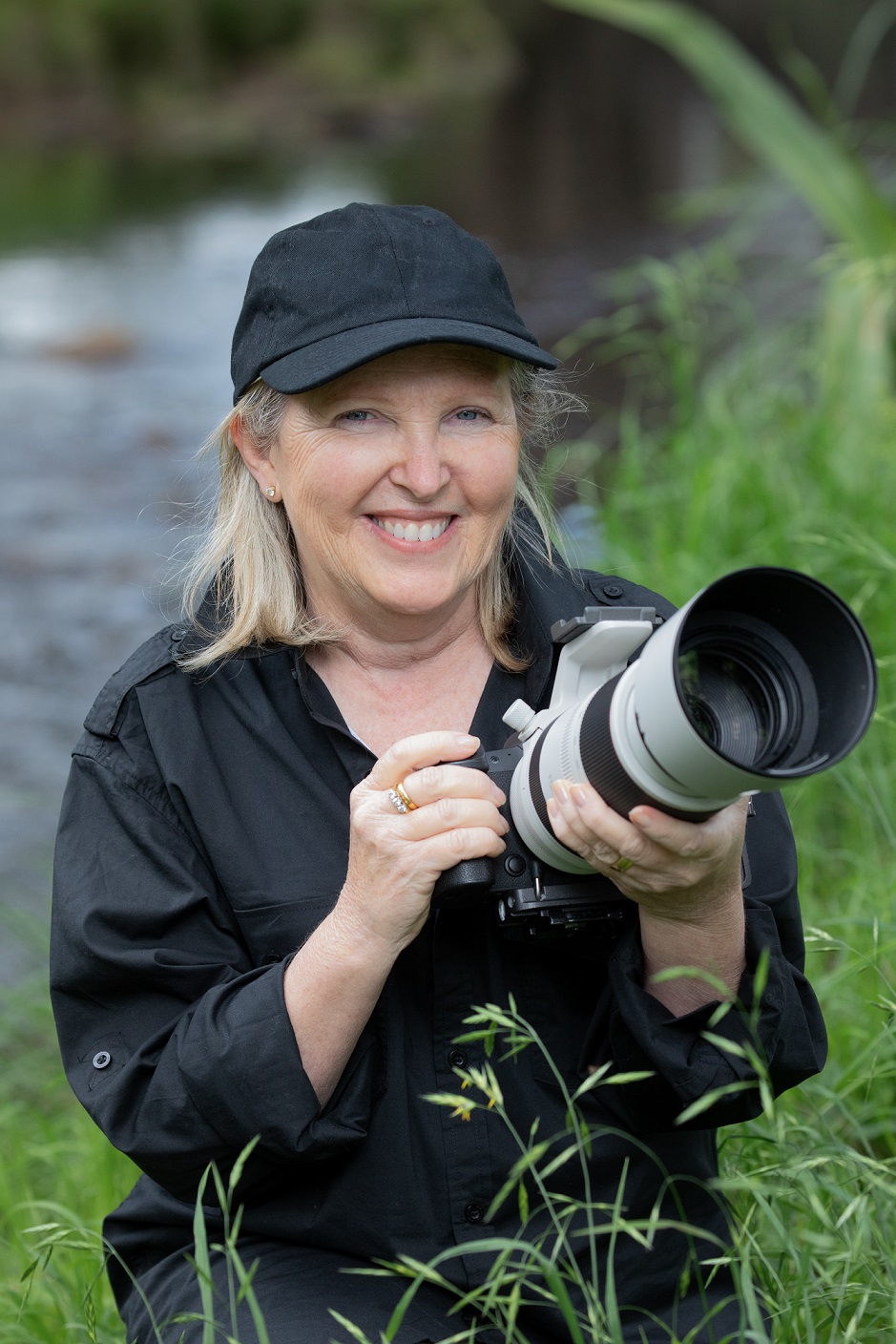
Sara Corlis. Photo: supplied
Animals in Nature: PJ & Crabs by Charles Davis (NSW)—Port Jackson shark gliding over moulting spider crabs in a rarely documented marine phenomenon.
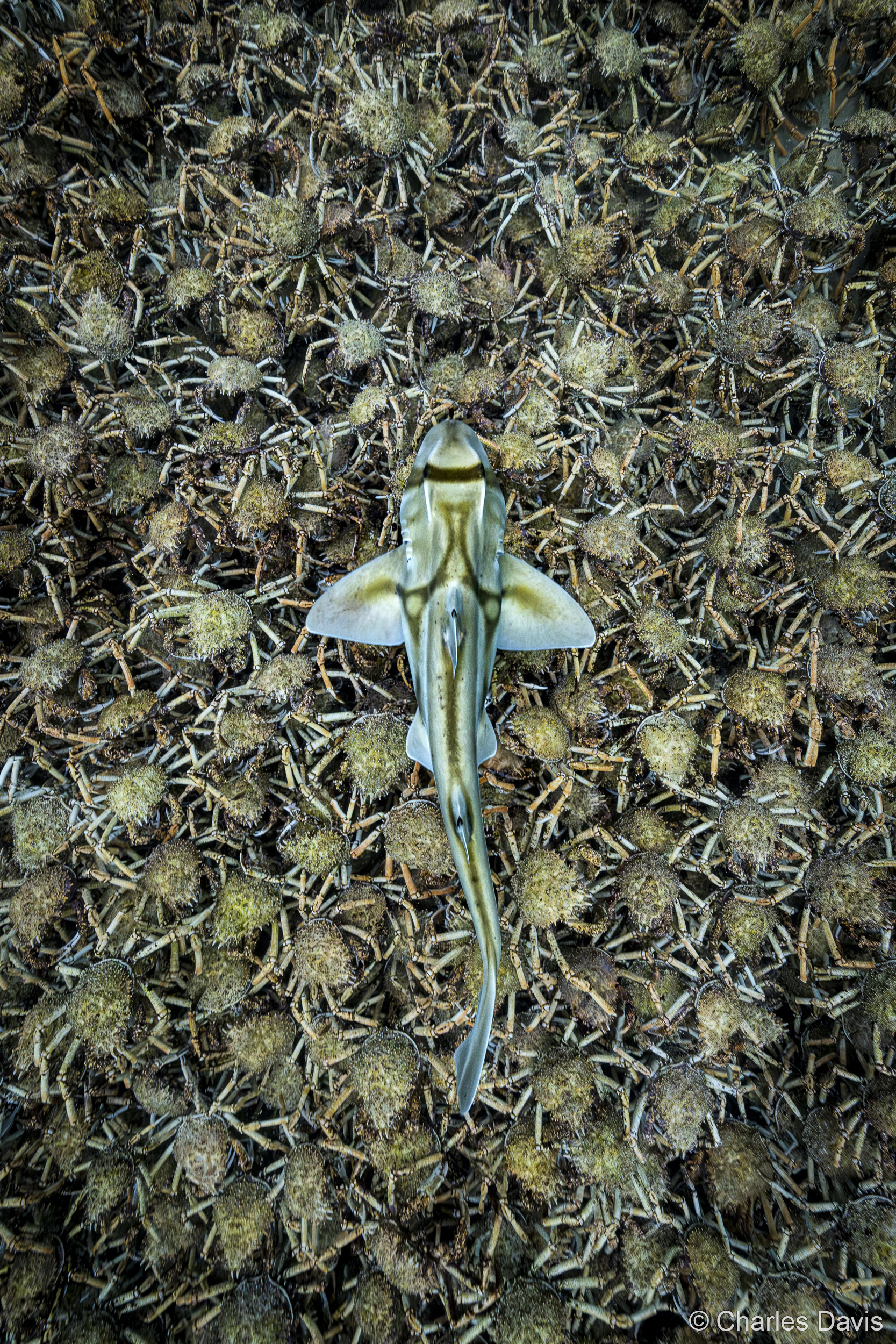
Aerial: Jabiru Leaf by Charles Davis (NSW)—Black-necked stork soaring over tidal flats patterned like leaf veins, revealing wetland ecosystems.
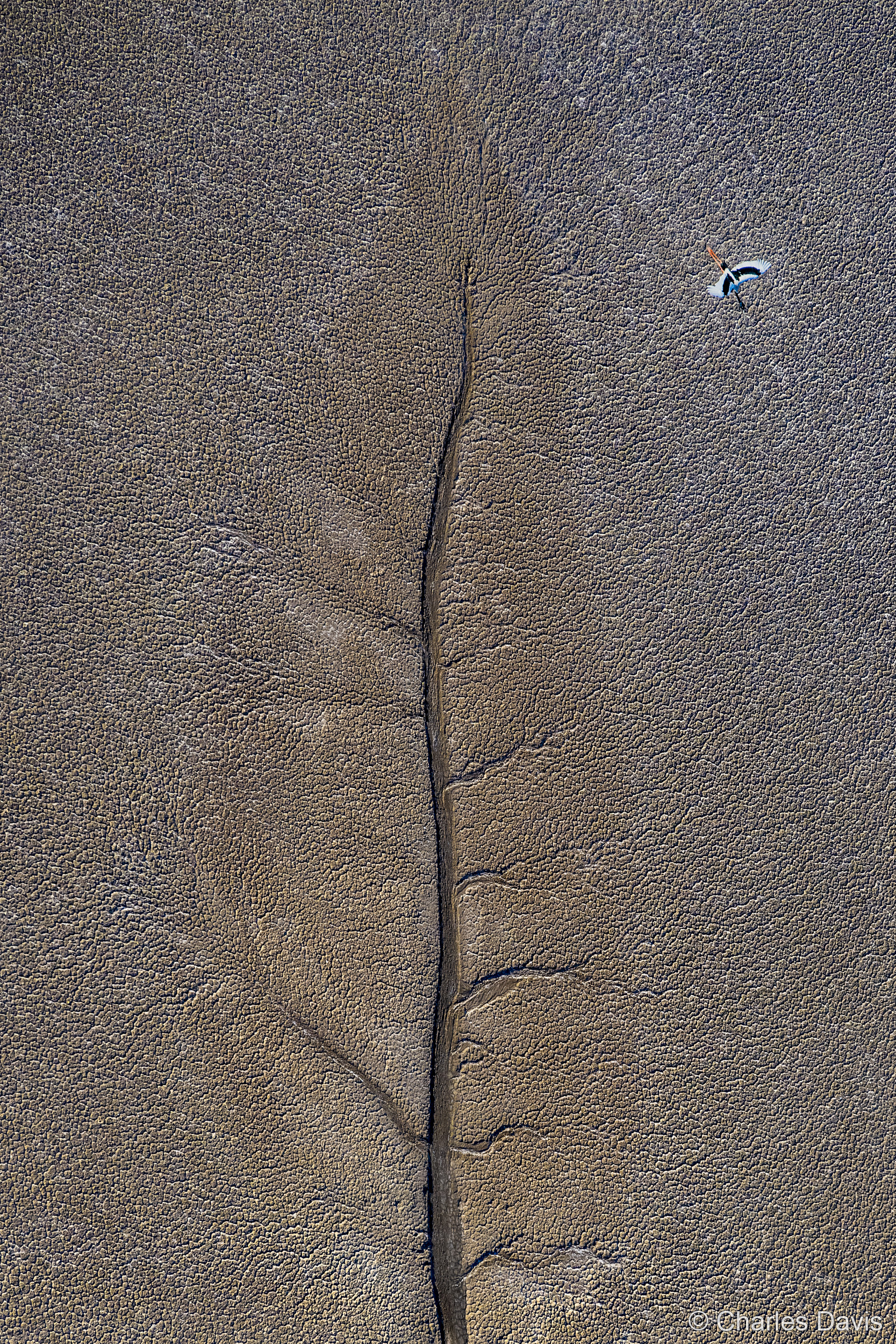
Macro: Liftoff by Talia Greis (NSW)—Paper nautilus riding a jellyfish during vertical migration in Sydney waters.
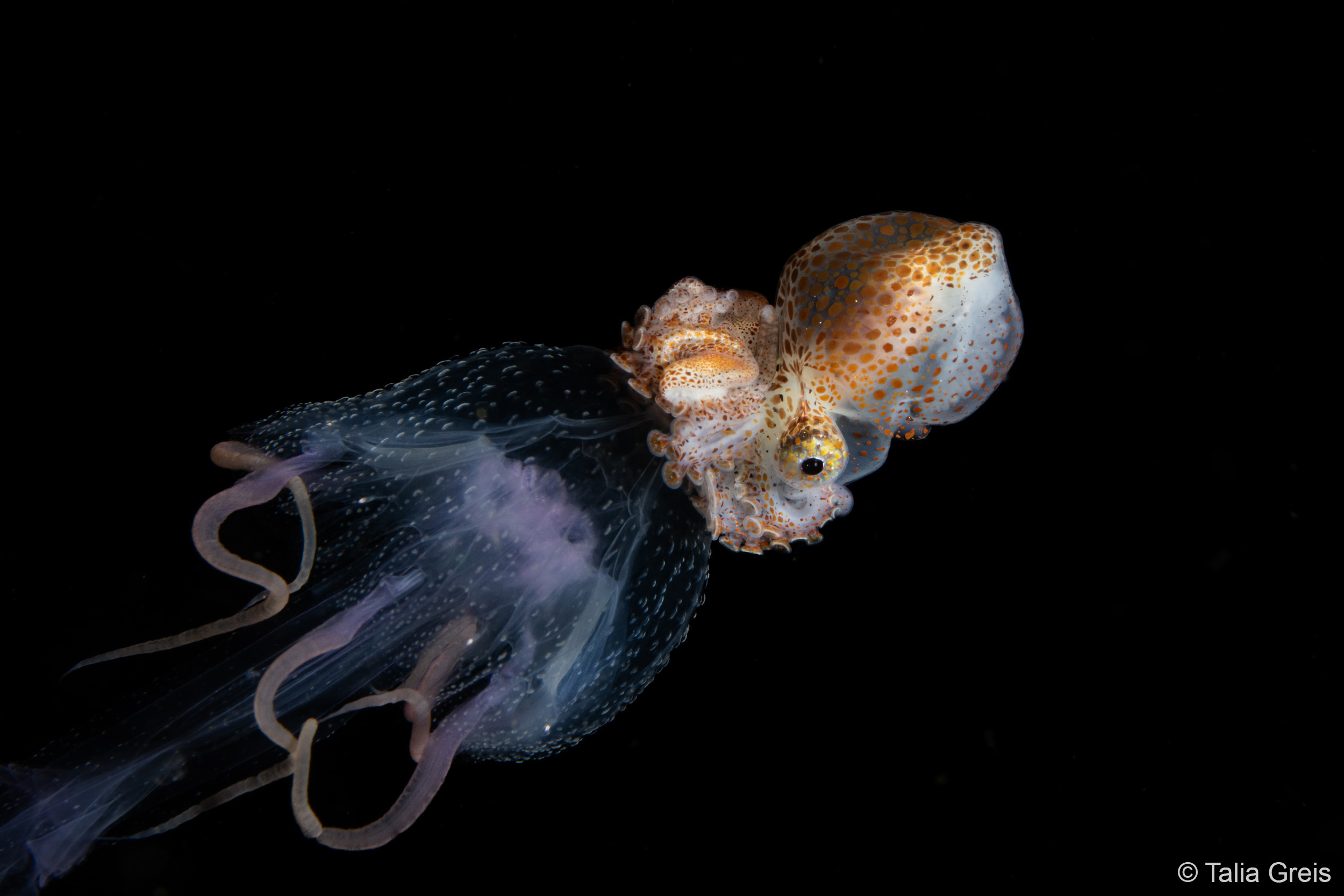
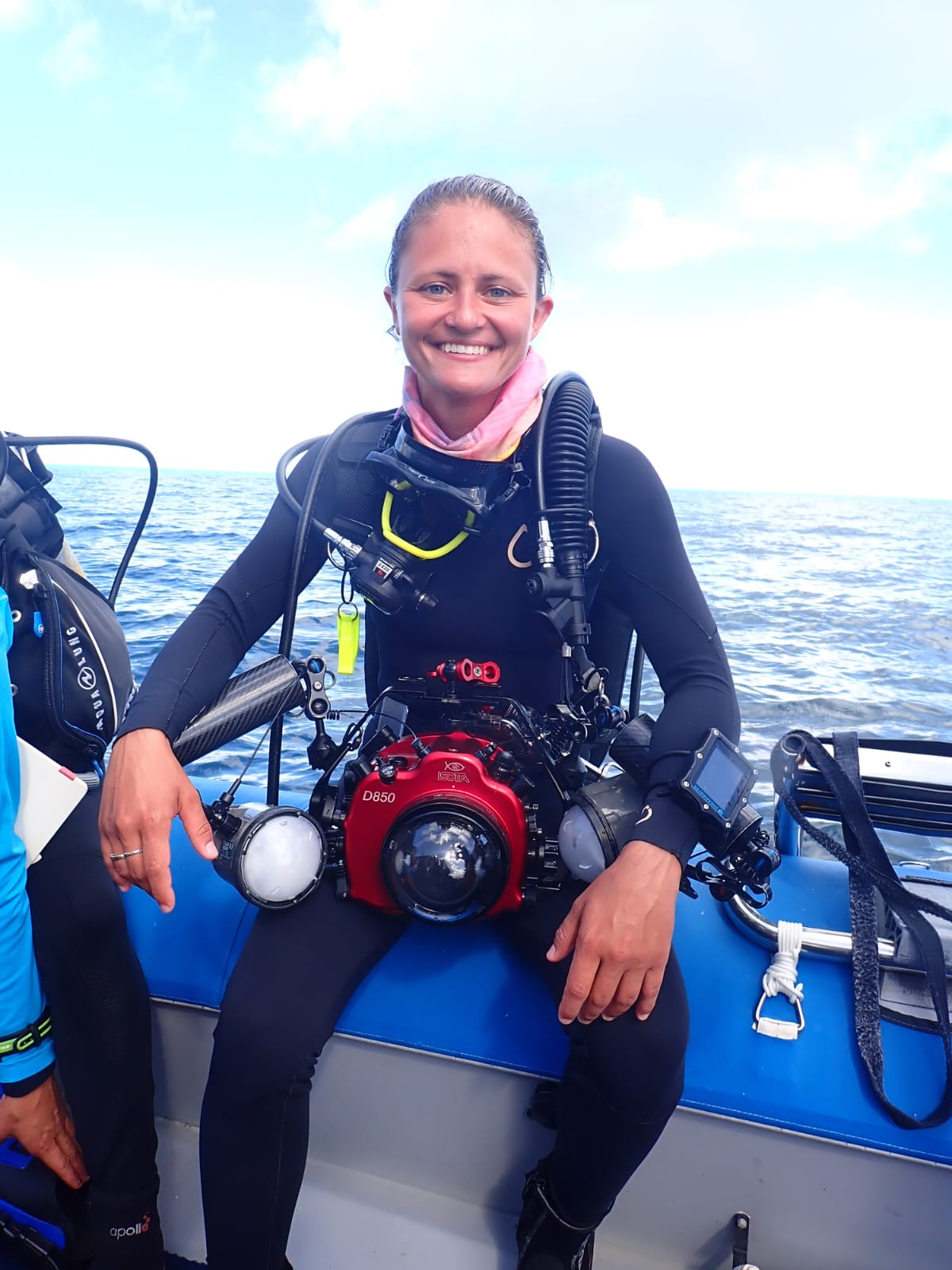
Talia Greis. Photo: supplied
Landscape: The Beast by Darren Wassell (QLD)—Lightning bolt splitting the horizon as extreme weather intensifies.
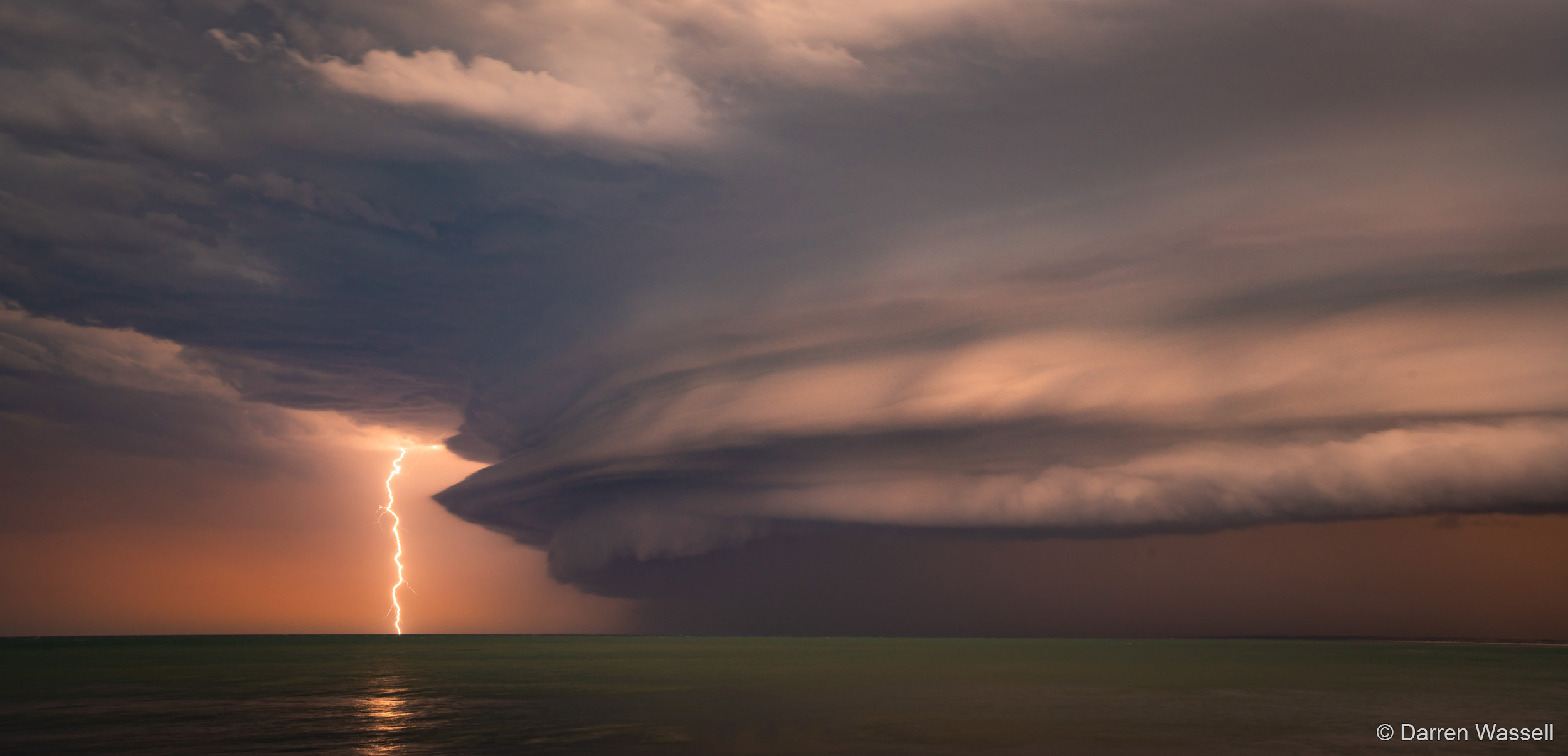
Monochrome: Party Streamer by Rachelle Mackintosh (NSW)—Orca bursting through ocean surface off the NSW coast.
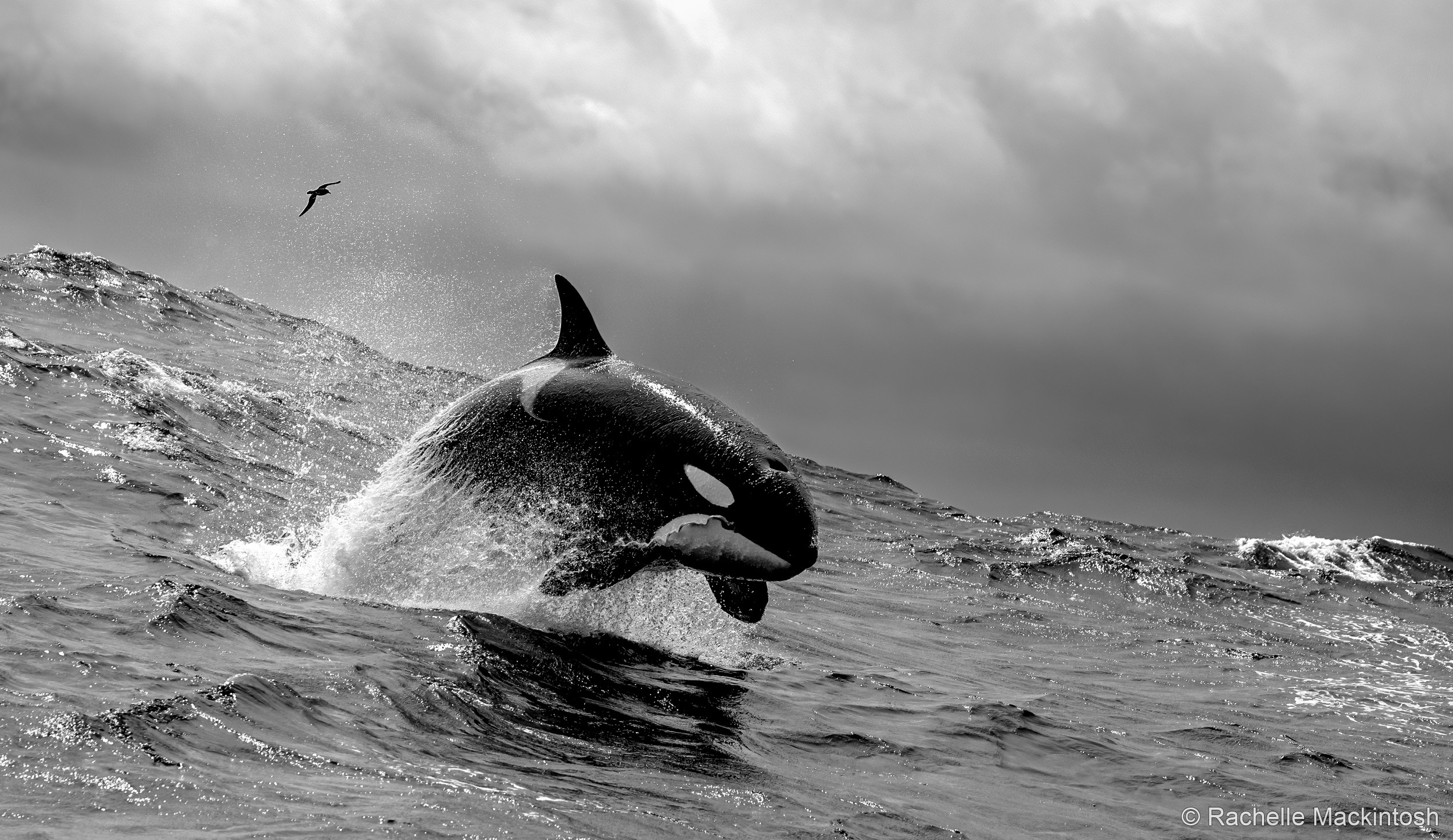
Astrophotography: Oberon Kenobi by Marley Butler (WA)—Milky Way rising over Tasmanian alpine lake in a dark sky sanctuary.
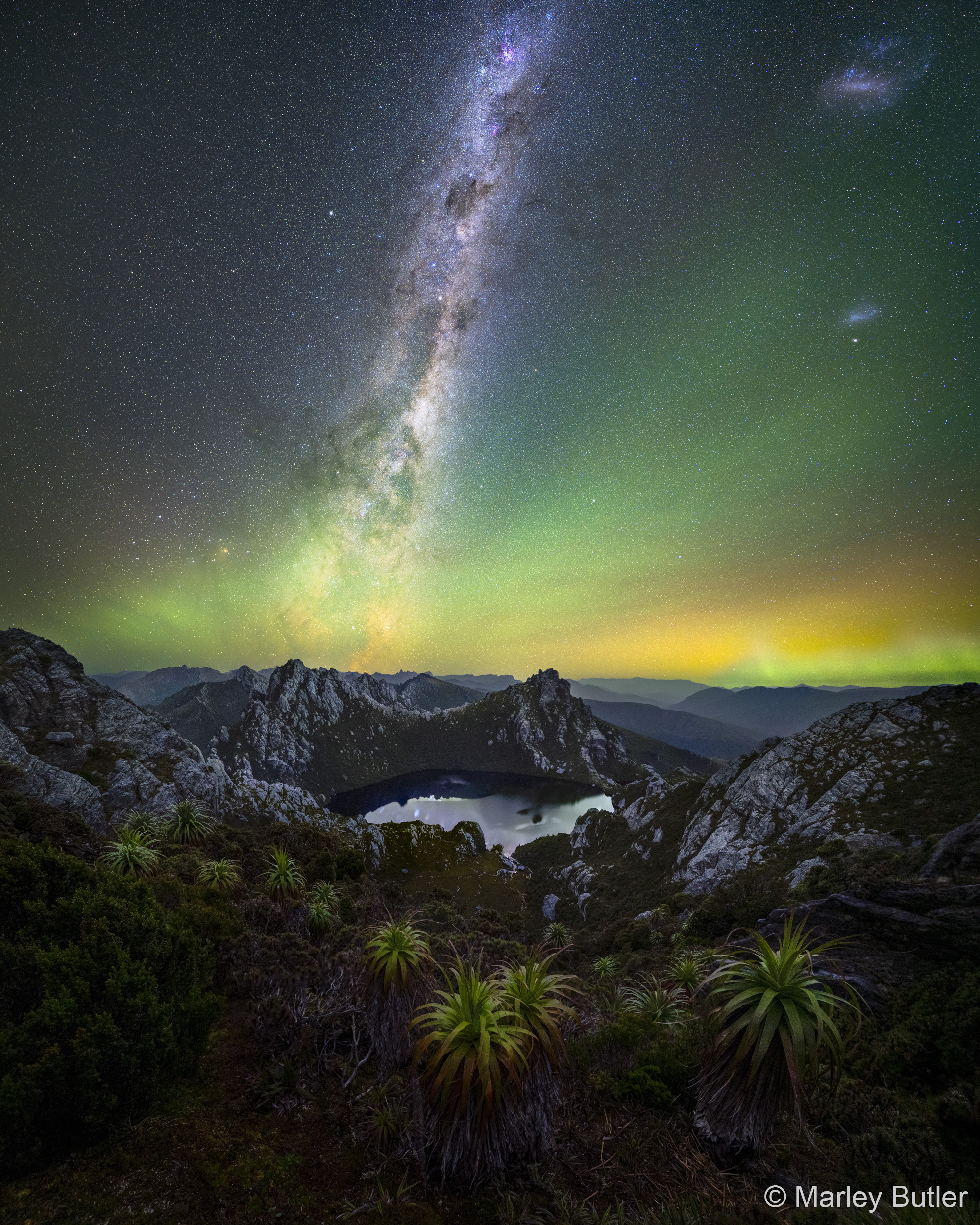
Portfolio: Sydney Cephalopod Portraits by Peter McGee (NSW)—Underwater portraits revealing the intelligence and diversity of Sydney Harbour's marine life.
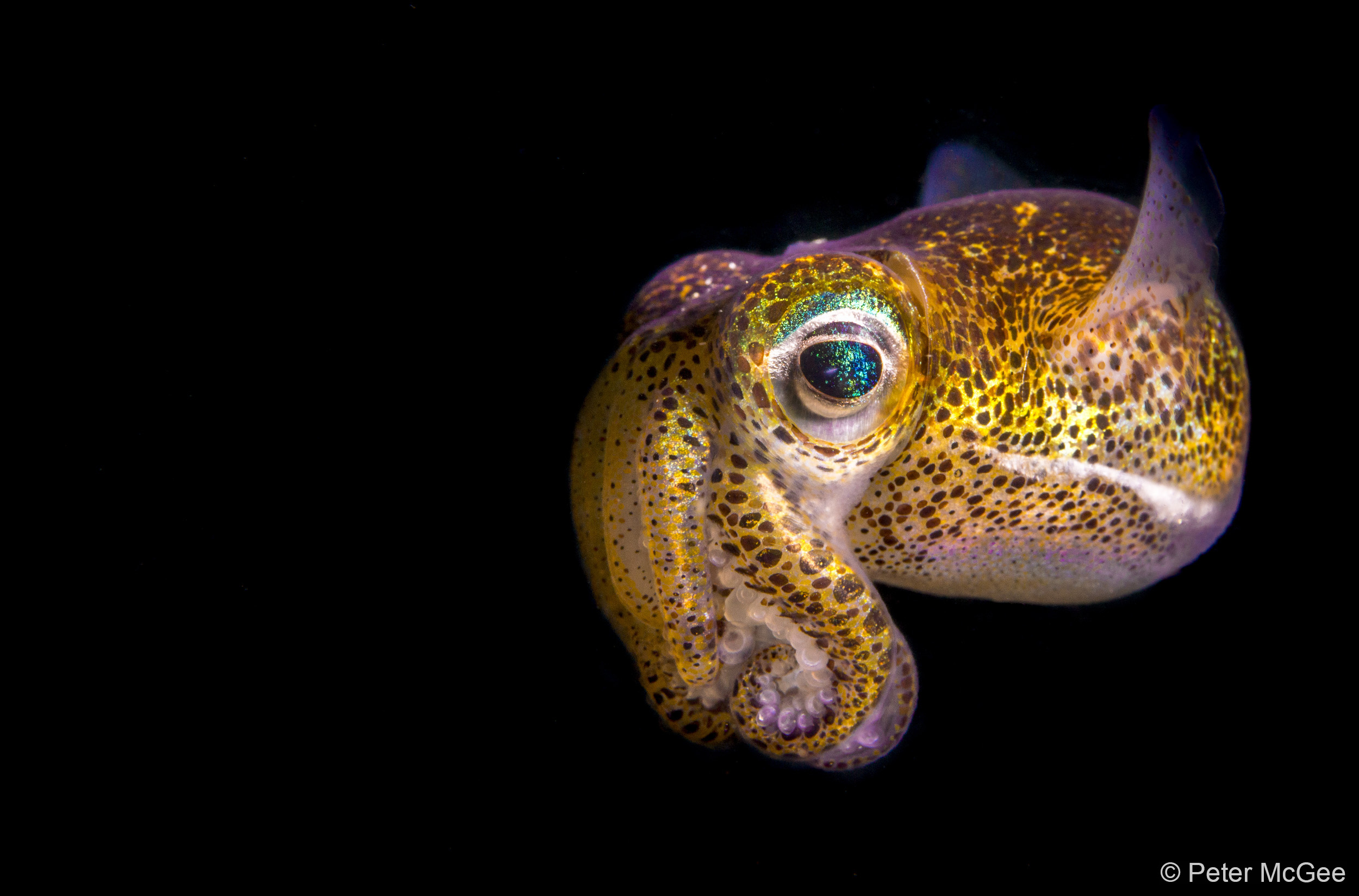



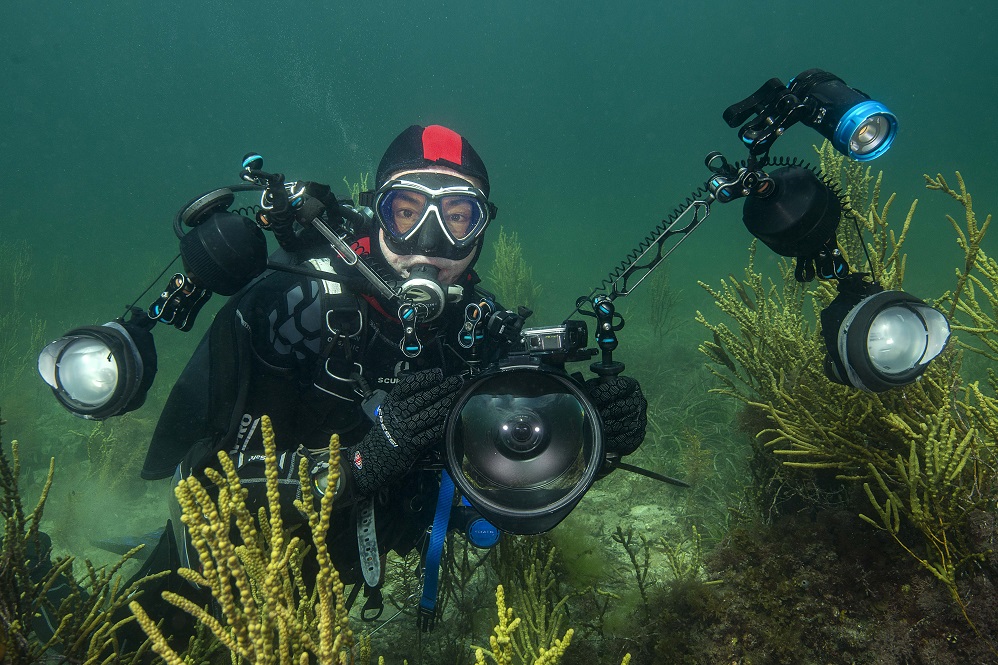
Peter McGee. Photo: supplied
Junior: Perched by Isabella Rogers (SA)—Two galahs at dawn through the eyes of a young photographer.
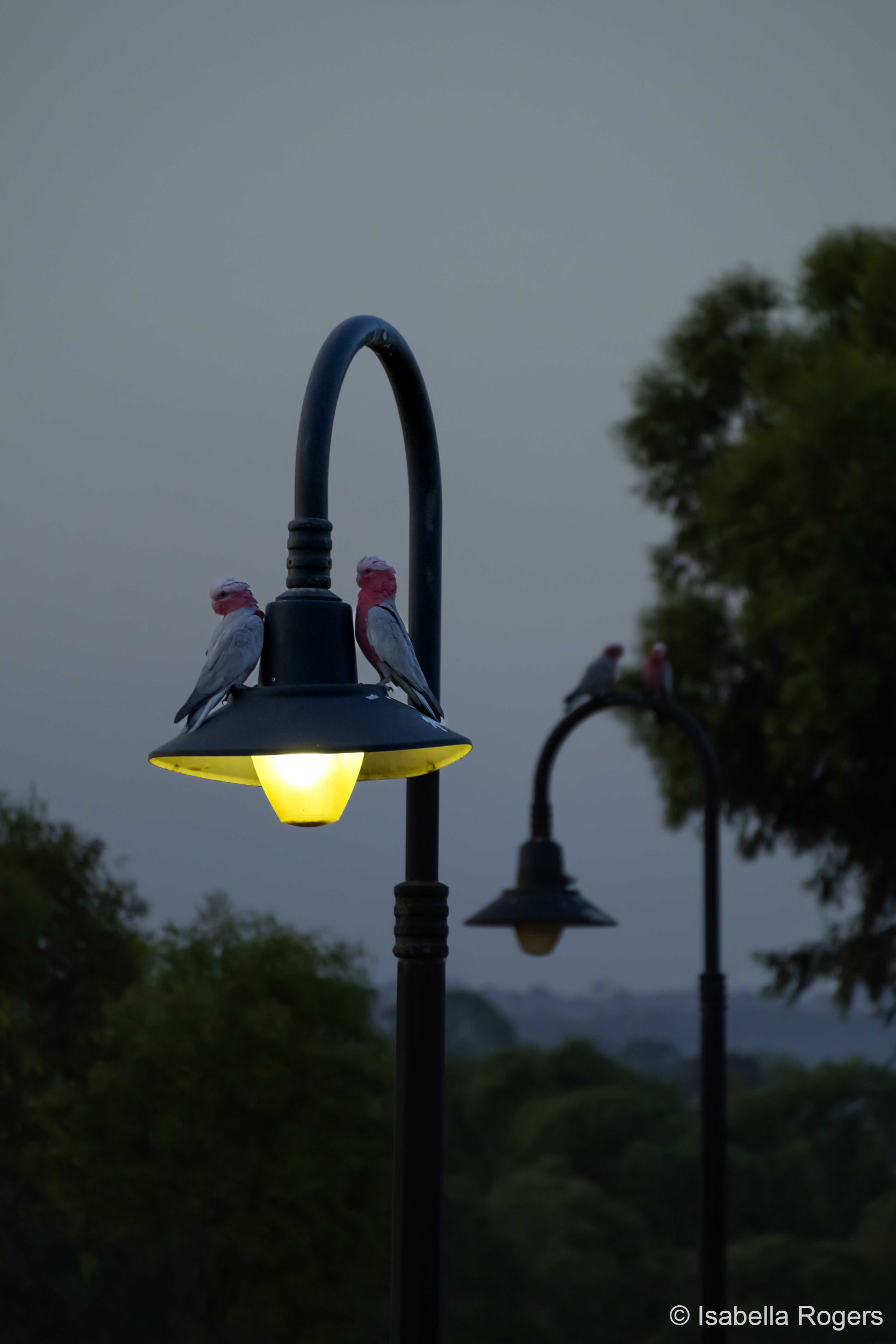
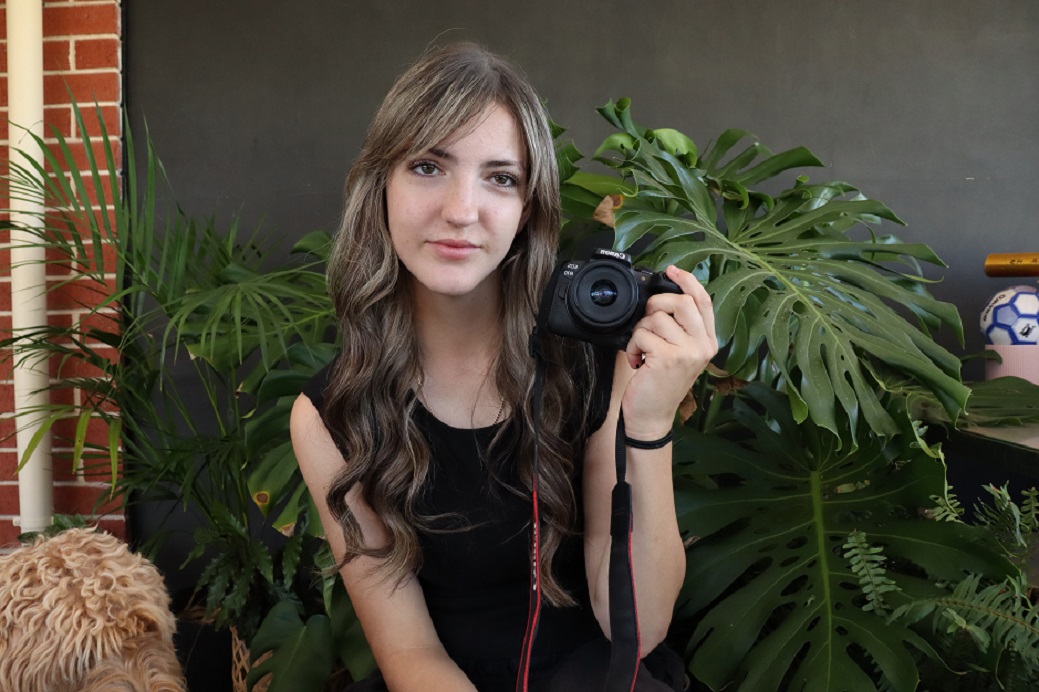
Isabella Rogers. Photo: supplied
Wildlife photography workshops
Learn from Award-Winning Photographers
22–23 November, 13 December | Ages 16+
Beginner: $185 ($148 members) | Intermediate: $200 ($160 members).
Led by award-winning photographer Angela Robertson-Buchanan, these interactive workshops include guided exhibition tours and hands-on practice with the Museum's taxidermy collection and live native animals. Participants learn ethical wildlife photography techniques and conservation storytelling.
Exhibition details: 2025 Australian Geographic Nature Photographer of the Year
Australian Museum, 1 William Street, Sydney
25 October 2025 – 15 February 2026
FREE entry
About the Australian Museum
The Australian Museum (AM) was founded in 1827 and is the nation’s first museum. It is internationally recognised as a natural science and culture institution focused on Australia and the Pacific. The AM’s mission is to ignite wonder, inspire debate and drive change. The AM’s vision is to be a leading voice for the richness of life, the Earth and culture in Australia and the Pacific. The AM commits to transforming the conversation around climate change, the environment and wildlife conservation; being a strong advocate for First Nations cultures; and continuing to develop world-leading science, collections, exhibitions and education programs. With more than 22 million objects and specimens and the Australian Museum Research Institute (AMRI), the AM is not only a dynamic source of reliable scientific information on some of the most pressing environmental and social challenges facing our region, but also an important site of cultural exchange and learning.
About the South Australian Museum
The South Australian Museum has been committed to making Australia’s natural and cultural heritage accessible, engaging and fun for over 165 years. It is a place where families can learn and grow together. Today the Museum is one of the most visited museums in Australia and holds collections of national and international significance.
